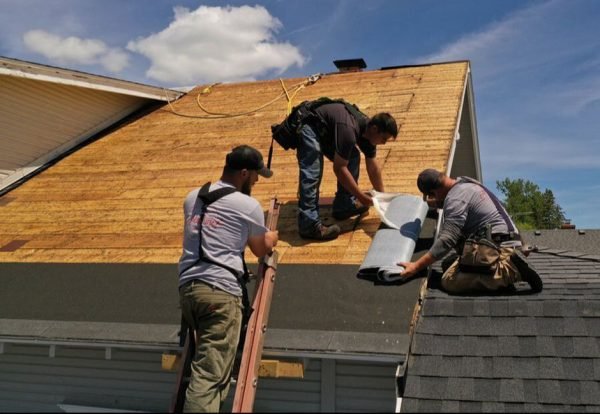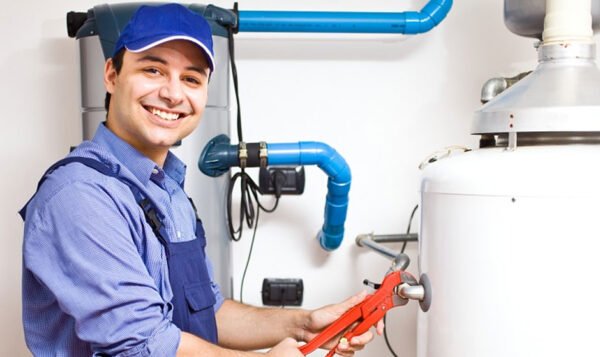How to clean and fix unclog ac drain line

The role of the air conditioning (AC) unit in providing us with a comfortable environment is unquestionable. However, a seemingly minor issue, such as a clogged AC drain line, can disrupt its functionality, leading to discomfort and possibly expensive repairs. This detailed guide will explain how to clean and fix a clogged AC drain line, even if you’re not a seasoned technician. So, let’s check out how to unclog ac drain line.
Understanding the AC Drain Line
The AC drain line, also known as the condensate drain, plays a vital role in the air conditioning system. It expels moisture that your AC unit has removed from the air inside your home. The moisture travels down the line and is eventually discharged outside your house. A blockage in the drain line can cause water to back up, leading to potential water damage and decreased efficiency of your unit. Common culprits of blockages include dust, dirt, mold, and algae.
Step-by-step Guide to Cleaning and Fixing a Clogged AC Drain Line
Materials Needed:
- Wet/Dry Vacuum
- Vinegar
- Funnel
- Garden hose
- Rag or Duct Tape (optional)
- Turn Off Your AC Unit: Always prioritize safety when dealing with electrical appliances. Locate the thermostat and switch the AC unit off. This action prevents any unintended damage while you’re working on the drain line.
- Locate Your AC Drain Line: The AC drain line is a PVC pipe typically located near your outdoor unit. It is usually white or grey and comes out from the wall and goes into the ground.
- Attach Your Wet/Dry Vacuum: Next, attach your wet/dry vacuum hose to the end of the AC drain line. If the hose does not fit tightly, use a rag wrapped around the connection or duct tape to ensure a good seal. You want to make sure all the suction power from the vacuum is directed into the drain line.
- Vacuum the Drain Line: With everything set, start your vacuum and let it run for a few minutes. This process should suck out any clogs or blockages within the line.
- Check the Vacuum Canister: After vacuuming, check the canister to see the type and amount of debris you’ve sucked out. A considerable amount could indicate a severe blockage, while less might mean the clog is minor or situated deeper in the line.
- Flush with Vinegar: After vacuuming, use a funnel to pour about a cup of vinegar down the AC drain line from the indoor unit’s access point. The vinegar’s acidity helps to eliminate any mold, algae, or other residues that might be stuck in the line.
- Rinse with Water: After letting the vinegar sit for about 30 minutes, flush the line with water to ensure it is thoroughly clean. Connect a garden hose to the drain line, and flush it out. Be careful not to use too much pressure, which could damage the line.
- Test Your AC: Once you’ve finished these steps, turn your AC back on. Monitor the end of the drain line for a few minutes to make sure water is flowing freely.
When to Call a Professional for Your AC Drain Line Issues?
While DIY maintenance can save money and time, certain situations necessitate professional expertise. Recognizing when to call a professional HVAC technician is crucial to avoid causing more damage to your AC unit or jeopardizing your safety. Here are instances when it’s best to call a professional:
- Persistent Clogs: If you’ve tried the steps outlined above and the clog persists, it’s time to call a professional. This could indicate a stubborn blockage deep within the line or a more complex issue that requires specialized tools and knowledge.
- Frequent Clogs: If you find yourself regularly having to clear out your AC drain line, this may signal a more substantial problem. It could be related to the design of your HVAC system, or an indication of a broader issue, such as excessive dust and debris in your home. An HVAC professional can diagnose and address these issues.
- Water Damage: If water has already backed up and caused damage around your AC unit or elsewhere in your home, you should call a professional. They can assess the extent of the damage, suggest a plan to repair it, and prevent future incidents.
- Mold and Mildew: Clogs in the AC drain line can lead to mold and mildew growth, which pose significant health risks. If you see or smell mold around your AC unit or drain line, contact a professional immediately. Professionals have the correct equipment and substances to safely remove mold and mildew.
- System Performance Issues: If your AC system isn’t cooling your home effectively or is cycling on and off frequently, a clogged drain line might be part of the problem. If you’ve cleared the line and the problem persists, a professional should inspect your system.
Conclusion
A clogged AC drain line can be a nuisance, but with the right knowledge and tools, you can tackle this problem effectively. Regular maintenance and preventive measures can save you a lot of time, effort, and potentially expensive repairs. However, if you’re not comfortable handling this task or if the clog persists after your attempts to clear it, don’t hesitate to call a professional. After all, the goal is to keep your AC unit running at its best, providing you with cool and comfortable air.



